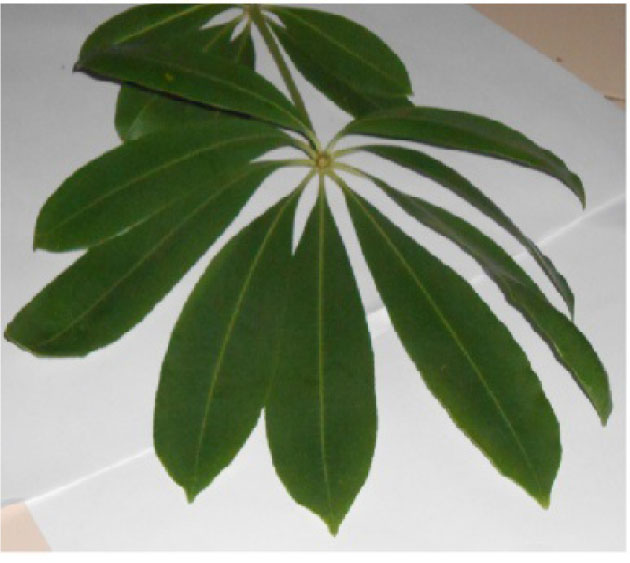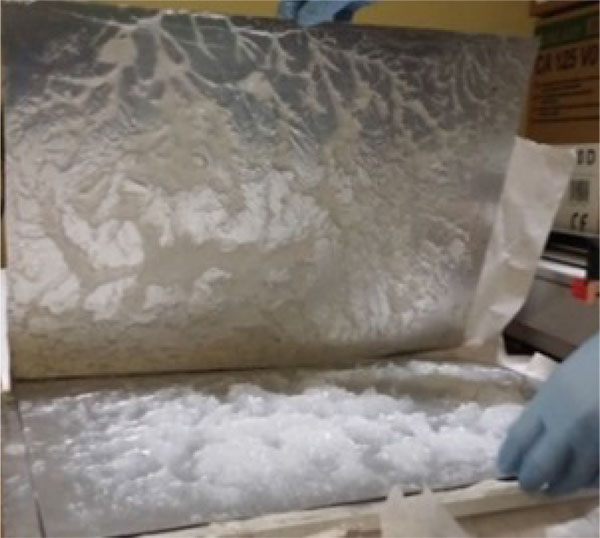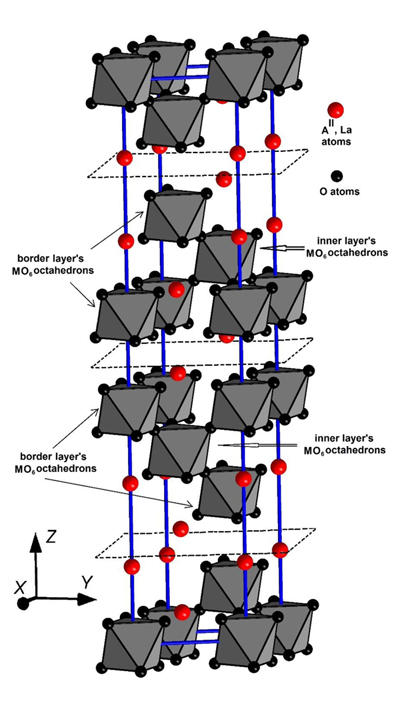Optimization of Slag Content and Properties Improvement of Metakaolin-Slag Geopolymer Mixes
M. F. Zawrah*, R. A. Gado, R. M. Khattab
Abstract
Object:
Geopolymers mixes were fabricated from metakaolin (MK) and blast furnace slag (BFS) waste material in the presence of sodium hydroxide and sodium silicate which were used as alkali activators. To optimize the suitable amount of slag, eleven batches were designed, mixed and homogenized for 30 min.
Method:
To determine the suitable amount of liquid required for pasting, normal consistency and setting time were determined. The physico-mechanical properties at different curing ages i.e. 3, 7, 28 and 90 days, were determined. X-ray diffraction and scanning electron microscope were used to investigate phase composition and microstructure.
Result:
To guarantee forming geopolymer gel and to check its amount, HCl extraction test was performed. Salicylic acid/methanol extraction was also performed to verify the presence and amount of calcium silicate hydrate (CSH). The results revealed that calcium-rich slag (BFS) accelerated the hardening process and decreased the alkaline liquid consistency. For geopolymer without BFS, two phases, namely; un-reacted metakaolin and geopolymer gel were formed. For geopolymers with BFS, three phases were formed, namely; un-reacted metakaolin, geopolymer gel and CSH with aluminum substitution (CASH) gel. The bulk density was increased with increasing BFS and curing time. The strength was increased with increasing of BFS, reaching its maximum (about 120 MPa) for the specimen containing 70% slag, cured for 28 days.
Correspondence: Address for correspondence to this auther at the National Research Centre, Ceramics Department-Center of Excellence for Advanced Sciences, 12622-Dokki, Cairo, Egypt; Tel: +201222437949; Fax: +20233370931; E-mail: mzawrah@hotmail.com














